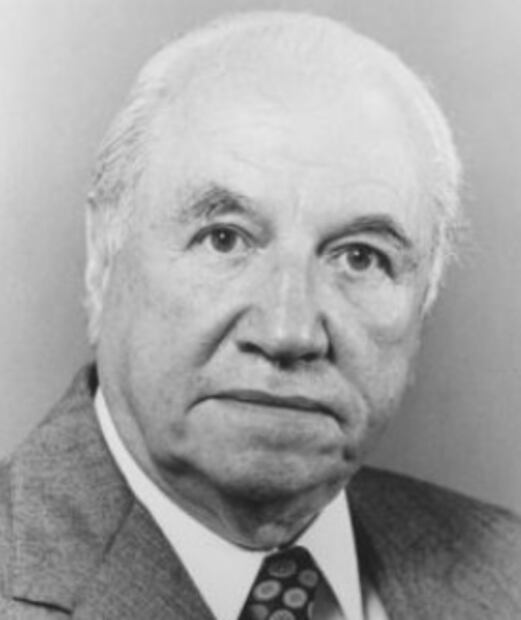Más Información

Grupo Salinas acusa violación a sus derechos humanos ante nueva resolución de la Corte; condena "sesgo" de la ministra Batres

Marcha de la Generación Z: Edson Andrade responde a acusaciones de Luisa Alcalde; "tengo que abandonar mi país", lamenta

Vinculan a proceso a tres participantes de la marcha Generación Z por tentativa de homicidio agravado
Leer en español
Global free trade
or protectionism and domestic markets ? This year, ahead of major decisions such as the fate of NAFTA and TPP , Mexico and the world are reaching a greater political and economic transition, that could define a change in the current paradigms.
The reason is obvious: After one year in power, the current administration in the United States is progressing in its right-wing isolationist agenda with the withdrawal of the Trans-Pacific Partnership ( TPP ), the virtual end of the Transatlantic Trade and Investment Partnership ( TTIP ) negotiations and the current renegotiation of the North American Free Trade Agreement ( NAFTA ).
In the European Union , despite the encouraging election on 2017 of P resident Emmanuel Macron in France and the resilience shown by the German Federal Chancellor Angela Merkel , the globalist camp has been seriously weakened by the British withdrawal from the common market ( Brexit ) and the rise of nationalism across the EU.
Due to the volatile nature of the White House and the uncertainty surrounding its most important policy decisions, we believe it is too early to announce NAFTA’s demise or its degradation to a hollow, meaningless regional pact, but it is also clear that economic development models once relegated and forgotten by the neoliberal thought embedded in Latin America ’s ideological structures in what became widely known as pensamiento único or “ one-dimensional thought ” are returning to the stage. Precisely, one of them is the Import Substitution Industrialization ( ISI ), known in Mexico as the Stabilizing Development .

Promoted by Raúl Prebisch , Executive Director of the United Nations Economic Commission for Latin America and the Caribbean ( ECLAC ) in the postwar period, this model laid the base of Structuralism and Dependency Theories in Economics , in which a nation progressively changes its imports and internal production, focusing on industrialization at the cost of imported “superfluous” goods in favor of capital and intermediate goods for a given period of time.
Prebisch—founding Secretary-General of the United Nations Conference on Trade and Development ( UNCTAD ) between 1964-1969 —and ECLAC were very influential, thus their theories were somehow emulated in Mexico since the 1940s under President Manuel Ávila Camacho ( 1940-1976 ) in order to strengthen and speed up the manufacturing of non-durable consumer goods as the basis of capital accumulation.
The Mexican miracle
Over time, the “ self-centered industrialization ,” supported by public budget, government subsidies, and high tariff barriers on imported goods, replaced an agricultural and mining-oriented economy with a booming Mexican corporate sector, large labor unions, and a growing urban middle class.

In this context, it should be noted the significant role played by Antonio Ortíz Mena , who served as Secretary of Finance during the administrations of Adolfo López Mateos and Gustavo Díaz Ordaz ( 1958-1970 ), as well as President of the Inter-American Development Bank ( 1971-1988 ), in Mexico’s economy back then. Nicknamed the “ architect of the Mexican miracle ,” Ortíz Mena managed to establish an annual per-capita income growth of 3.4% for 12 years while the economic growth averaged 6% a year and the country’s inflation remained below 3%. Indeed, by that time Mexico was the real “ Latin American jaguar ,”so to speak, boasting a higher GDP than Spain and South Korea .
However, the model was significantly flawed since the agricultural sector, still tied to the government’s political and economic control, lacked the capacity and resources to modernize itself. Millions were left with no other option but to migrate to the U.S. while the first major devaluation of the Mexican peso in 1976 , after 22 years without any adjustments, exposed the fragility of the financial system and it is considered as the beginning of the end of the Stabilizing Development.
Facing an even deeper crisis, despite a series of oil findings, Mexico embarked on long-term reforms that led to a membership in the General Agreement on Tariffs and Trade ( GATT , now the World Trade Organization ), and the commercial opening of the country. As we were told, the entry into force of NAFTA in 1994 was supposed to herald a period of faster development; but instead, the regional disparities between the relatively wealthy northern and central export-oriented states and the impoverished southern states worsened, forcing the government to create new projects such as the Special Economic Zones , which are meant to attract much-needed investment.
Of course, we cannot deny that NAFTA has had a positive overall effect on Mexico’s economy; nevertheless, upgraded several years ago with new tools more akin to those of the European Union’s Structural and Investment Funds , it would have enabled Mexico to catch up the pace of American and Canadian social development, moving away from the temptations of a past that it shall never return.
Editing by
More by
Noticias según tus intereses
[Publicidad]
[Publicidad]











